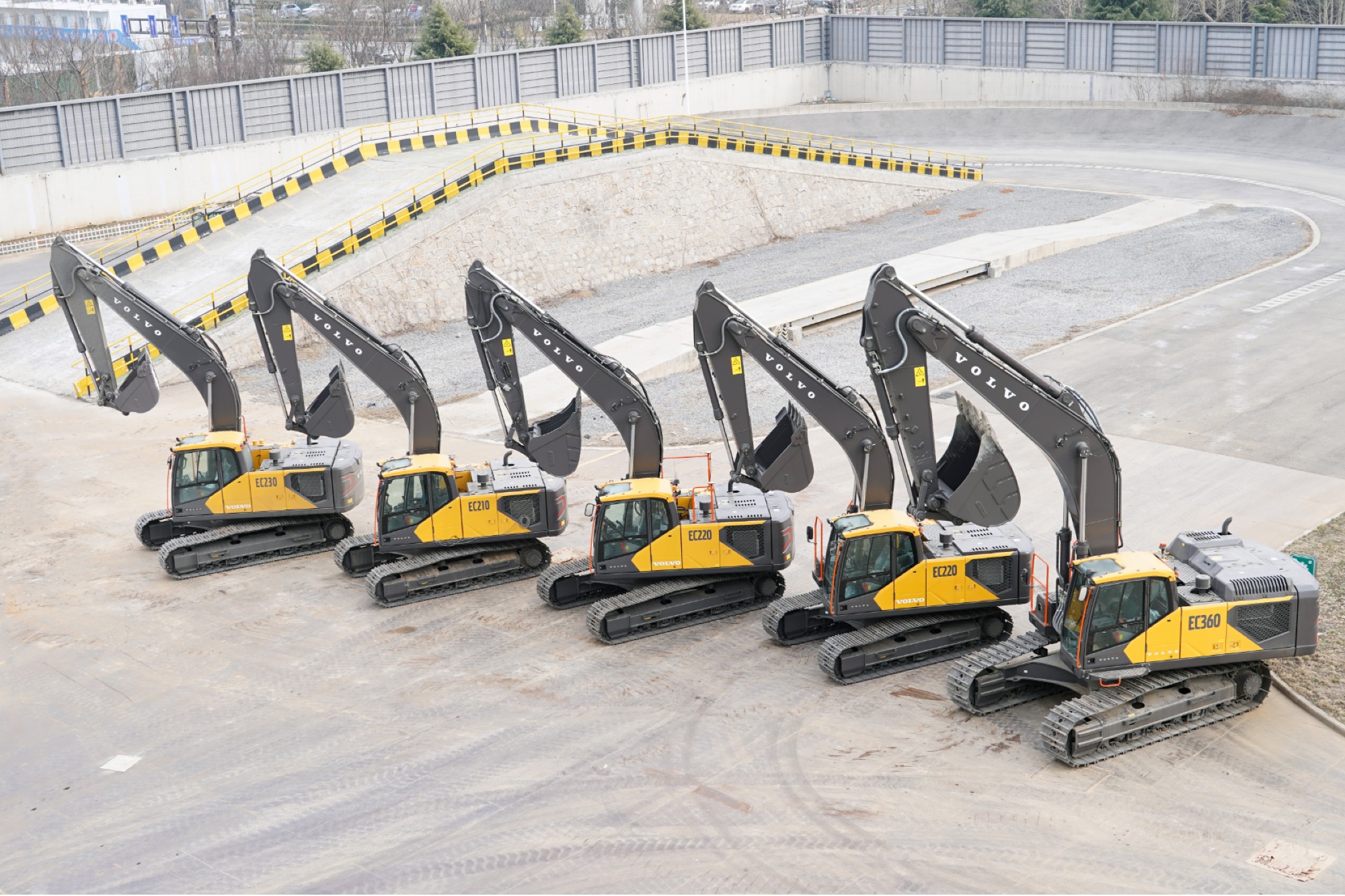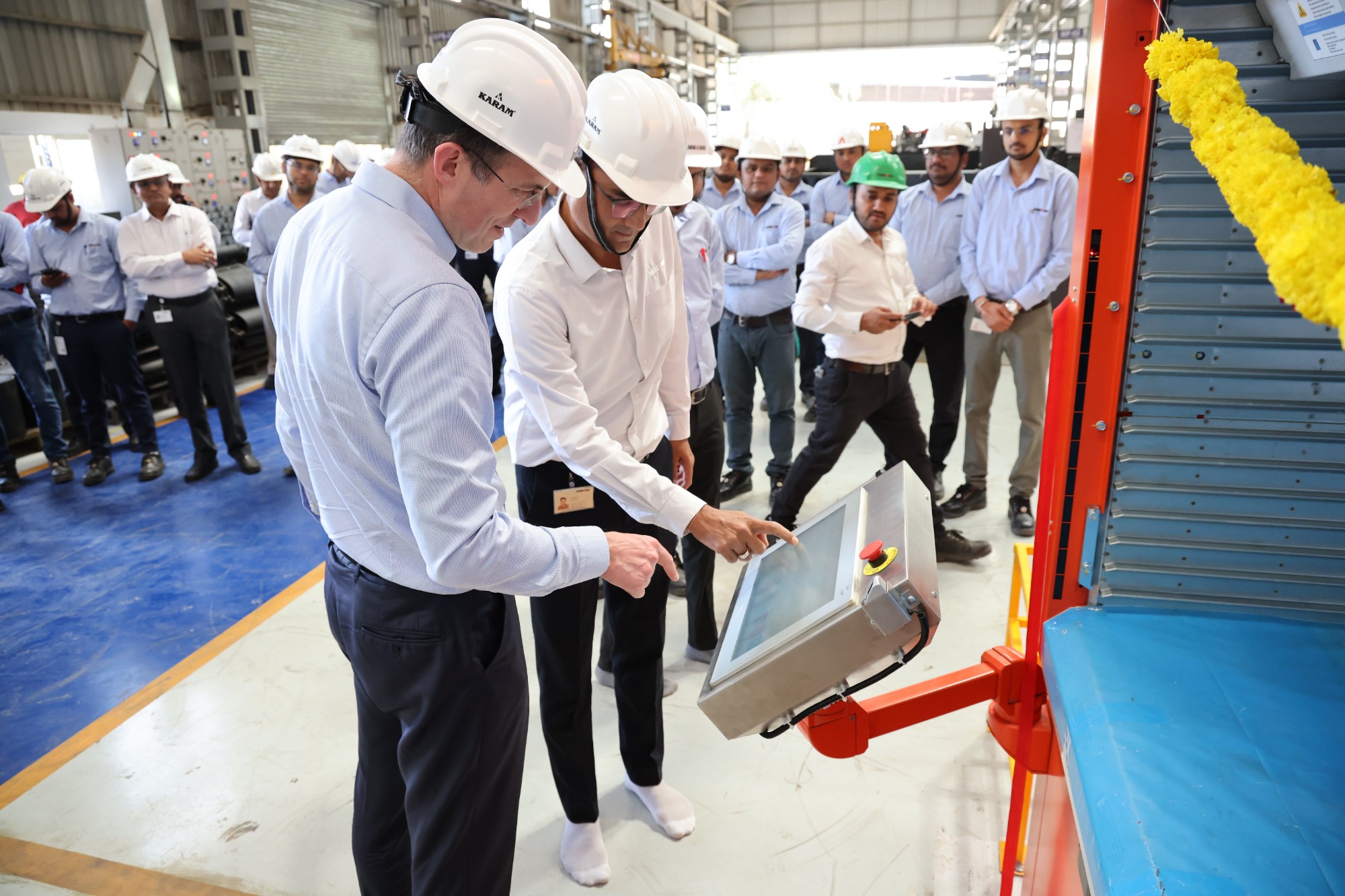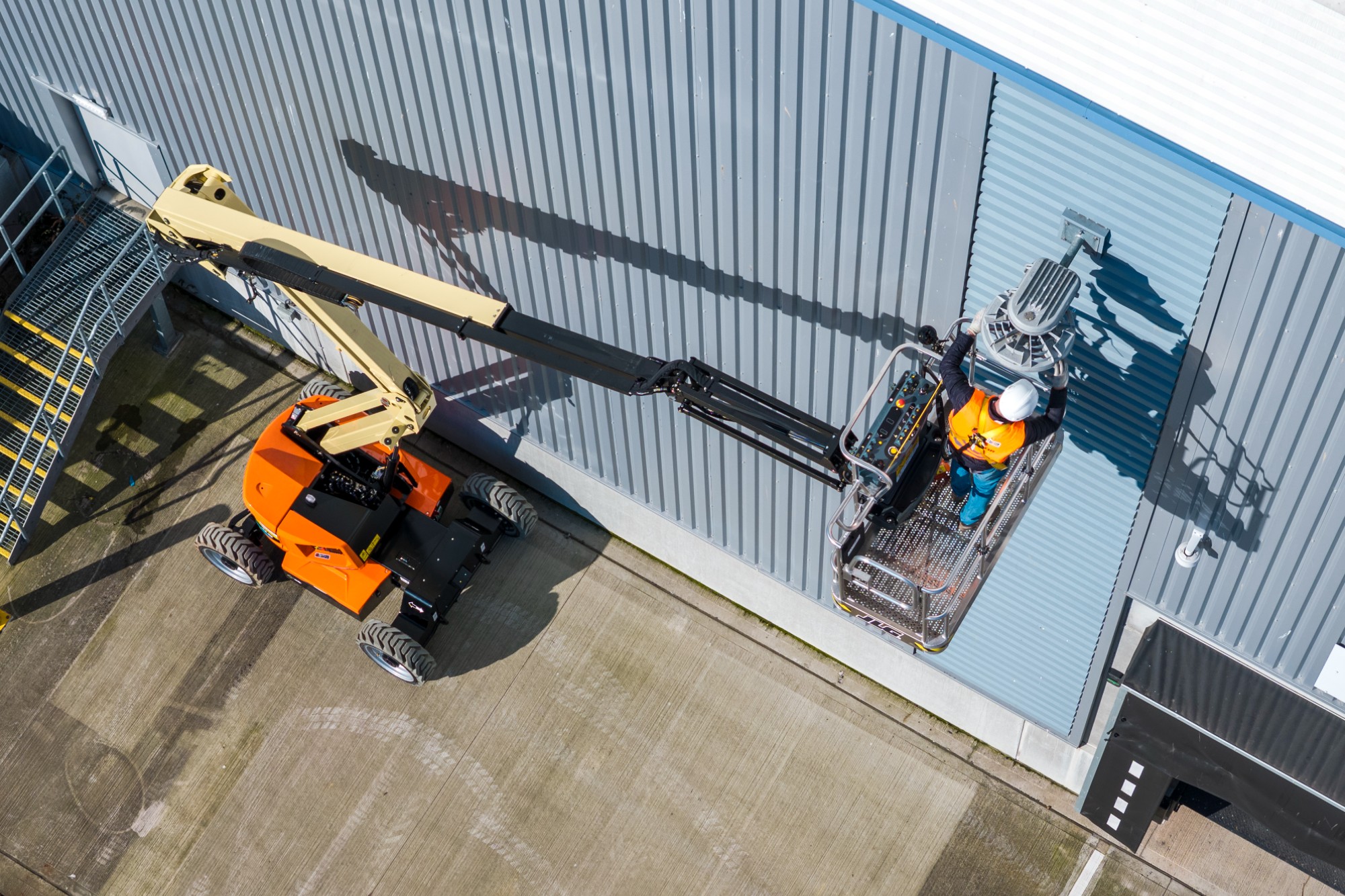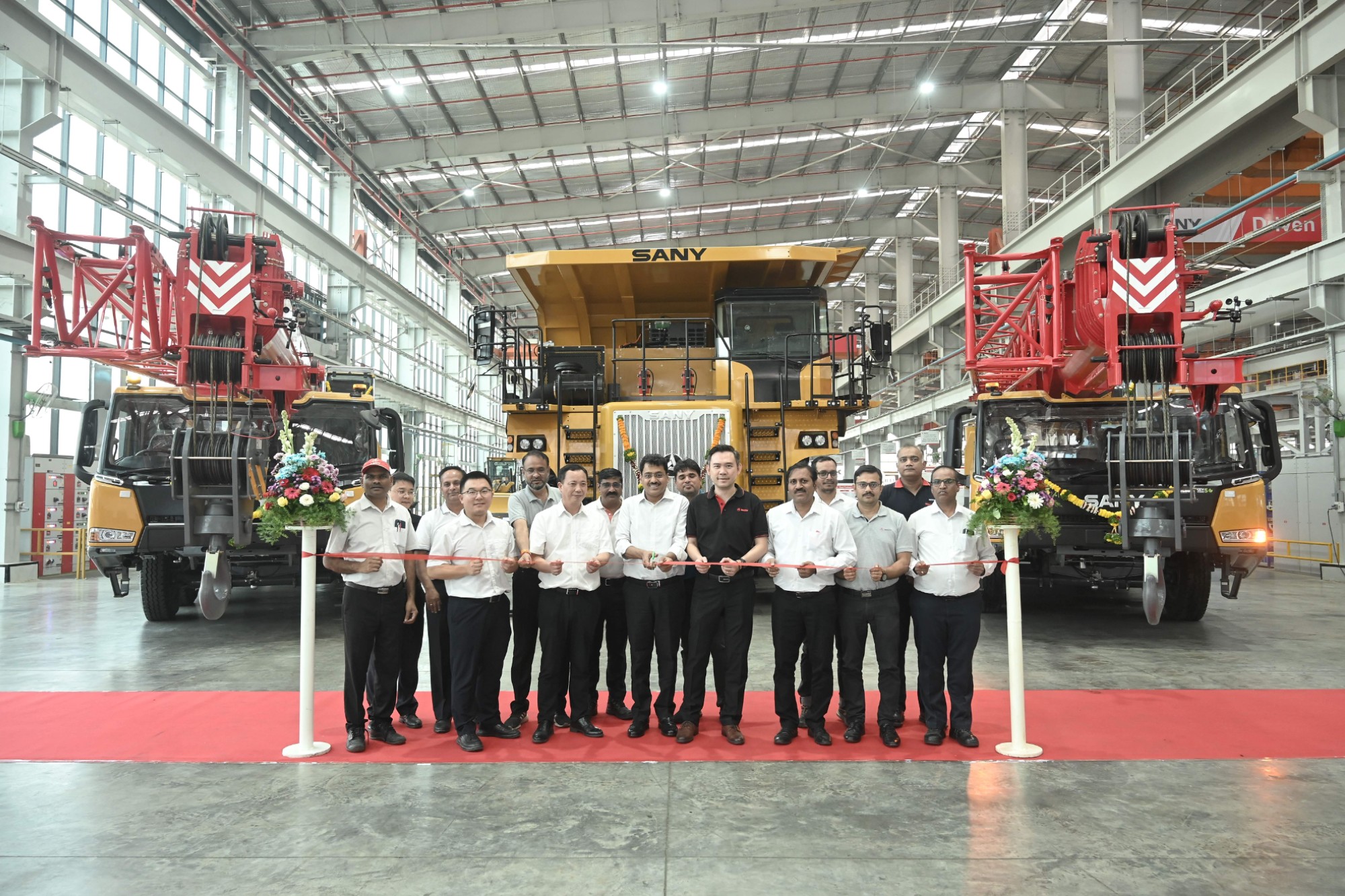We need to increase localisation, products and technologies
By Edit Team | November 3, 2021 11:36 am SHARE
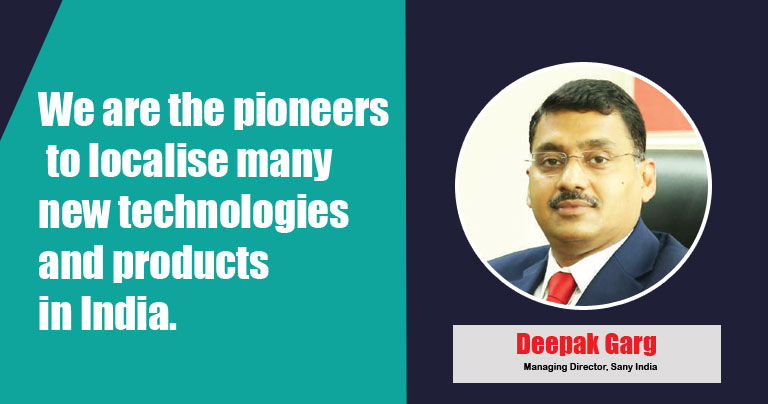
How about how other present industry trends impacting the construction equipment segment in India?
I think the industry at this moment is resonant, especially on demand for infrastructure equipment. Since the government is quite focused on infrastructural development, we are seeing a lot of investment in highways, including the NHAI, expressways, railways, dedicated freight corridors, metros, bullet trains, and high-speed rail projects.
We further see a good thrust in mining due to power development, waterways and irrigation. So, overall there is a good thrust to the infrastructure sector which is driving the demand for construction equipment and mining equipment at the moment.
On the other side, there are many challenges to the industry mainly driven by the cost side. The current cost of industry is very largely impacted by the recent increase in steel prices and overseas freight. So, it has become very difficult for imports and exports on both sides from India for the construction equipment segment – the steel prices, the other metal prices plus logistic cost from overseas freight as well as domestic rates which have gone up due to the high prices of diesel. So, overall the cost of logistics has increased substantially. So, the industry is forced to deal with these challenges.
So, how did you successfully manage to be in business amid pandemic?
We also had a lot of challenges that the entire industry has gone through. A couple of things that we focused on, I think more severe was the 1st wave and the first time that the whole industry was dealing with it including us. We did not know how to deal with such a crisis when on one hand the demand side was brought down to a standstill and on the other side, all the factory operations were put up at a standstill. So, this was the situation for almost four months, which actually sent the whole company into turmoil.
A couple of areas that sailed us through was because of some demand from certain sectors continuing under the essential segment category, so which included mining of coal and other metals. Also for some necessary irrigation projects power projects, the equipment supply was continued under the essential demand category by the government. So, that was one of the reasons as we cater to multiple end-user segments for different applications. So, one of the reasons was that the second thing that we did was that we also continued our focus on development.
There was a temporary financial impact, but we continue to either focus on new product development and upgrading the emission standards, which were coming through. So, while short term financial issues were there, we continued our focus on long term development which included new products, up gradation of current products to emission for bs4 norms the development of those products, thirdly, expanded our factory.
We continue the expansion in fact, we commissioned or continue with the construction of some new manufacturing capacity which was planned and also continued the R&D efforts for introducing newer products for India and also for exports market from India. So, we use this time for development during this crisis period. So, that is how actually we managed.
There was one more challenge on the distribution side which is we have close to 40 or more dealers in India. So, we provided them with some kind of extraordinary financial support for a couple of months to support them otherwise they are pure trading businesses for the dealership. So, we supported them with some financial support during the Covid times to sail through the financial crisis.
What kind of advanced technologies are being implemented in your equipment, what efficient and smart operation?
Firstly, all our equipment’s are environmental-friendly. All our equipment meets either the BSIII or BS1V norms depending on the requirement. Also some of our large equipment is of global emission standards. Some may not be required in India at the moment, but we still have higher emission standards in terms of technology. The second thing is, most of our equipment is much more fuel-efficient than our competitors. So, this helps in the conservation of natural resource as well.
So, if you look at our hydraulic excavators, Graders and all these equipment incorporate the latest engine technologies and also the latest hydraulic technology to ensure low fuel consumption which results in conservation of natural resources. Apart from this, there is a three-step digital layer, which results in higher efficiency not only in terms of yield but also in terms of service management and operating efficiency.
The first layer is built up through controls in the system, in the equipment; which it is all electronic control, which drives better fuel efficiency for the equipment. So, one level of digital is on electronic controls, which are provided to balance the power train in all our equipment which results in better fuel efficiency. The second level of efficiency is attained by balancing the load and the speeds of our equipment through digital control.
So, that is one thing which is very important to improve productivity and operating efficiency. So, if there is a higher load, the equipment automatically adjusts the power to see that the desired efficiency or operating parameters are met. The third level of digital is on the maintenance side. So, all our equipment is digitally connected to our enterprise Control Centre in our factory and all our customers have got access to their operating conditions of their equipment.
In fact, in India, we are the first to introduce our digital connectivity on some of the products which never has been done by any other company in India. So, these products like cranes, piling rigs concrete equipment, we have connected digitally for monitoring by our customers and also by us so as to improve the efficiency and after-sales support for that equipment.
So, this is a three-layer digital or you can say operating efficiency to digital platforms on our equipment. We are also progressing on the manufacturing side by expanding our digital footprints in it. The same thing is being implemented to our global factories, and in India e is expecting to complete it in coming nine months.
What kind of measures is in place from your point to ensure safe operations in terms of equipments and technology?
Safety is an imperative and key aspect, and all our equipment’s at Sany, have got built-in safety aspects for operations. If you look at our equipments like cranes and the others they are embedded with multiple safety features. Also, there are safety overrides, which are built-in in the system. Key part towards safety is, a black box; this is primarily used in aircrafts but they are very useful even for the equipment management as it stores the entire data of the machine for future analysis which can further be accessed on a continuous basis. We also have an analysis platform that is available to us for analysing data over a period of time over a day or a week or a month or whatever timeframe we want.
What kind of government policies or support or do you expect or is required for the market revival?
There are a couple of factors that affect us, but moving towards the market revival, I think projects are already on, and these projects should be funded well in advance, which means the financial closure of these projects must be completed by or before time. Right now the government has stated that any project handed over to the developer or to the contractor should have completed at least 80-90 percent of land acquisition. However, I think going forward while these have been ironed out by the government the major factor which may still remain is the timely funding and release of payments for these projects. So, to enable the entire supply chain to maintain its efficiency, cash flow and competitiveness.
How is Sany India contributing in realising the market position?
We are trying to enhance our product range by offering a complete value chain to the customers. If a customer or a construction company is constructing a highway, they need different types of equipment from startup to end of the construction of a highway project. So, we are enhancing our vein to meet the entire industry’s / customer’s entire demand line for any project, and become a one-point solution for these products for our customers.
I would like to highlight two levels of localisation in India, because we are still largely dependent on imports due to the low-scale, lack of technology in India, and lack of willingness to increase localisation in India. We, at Sany, have taken this pioneering effort to localise many new technologies and products in India, which were never done in the last five-six decades.
Cookie Consent
We use cookies to personalize your experience. By continuing to visit this website you agree to our Terms & Conditions, Privacy Policy and Cookie Policy.



